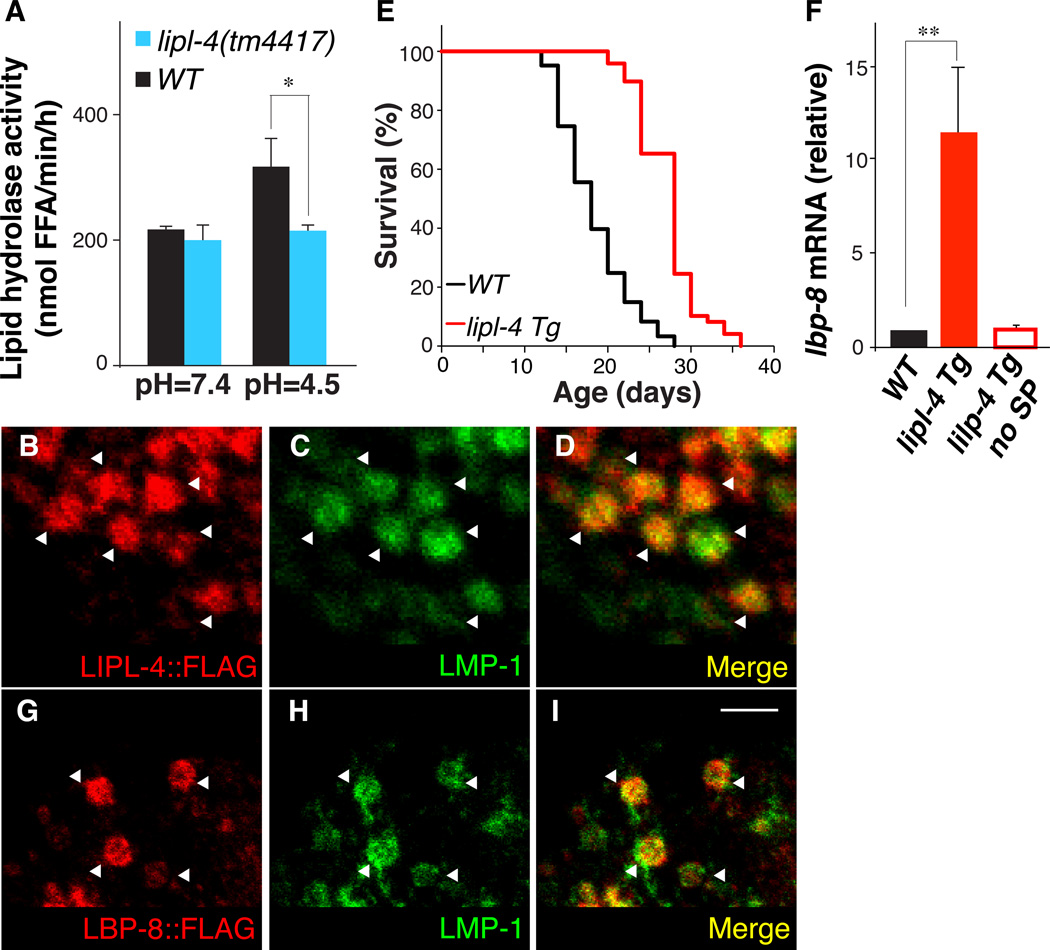Figure 1. Lysosomal lipid chaperone is increased in long-lived worms.
(A) The amount of free fatty acids (FFA) liberated from 3H-triolein is significantly decreased in the lipl-4(tm4417) loss-of-function mutant compared to wild-type (WT) at pH = 4.5 but not at pH = 7.4. *p<0.05, Student’s t-test. (B–D) Adult worms (raxEx20[ges-1p::lipl-4::3xFLAG]) were stained with anti-FLAG and anti-LMP-1 antibodies. LIPL-4 co-localizes with LMP-1, an established protein marker of lysosomes (18). Scale bar = 10 µm. (E) Mean lifespan is increased 55% in lipl-4 Tg worms (raxIs3[ges-1p::lipl-4::sl2gfp]) compared to WT, p<0.0001, Log-rank-test. (F) lbp-8 mRNA amounts were increased in lipl4 Tg compared to WT, but not in the transgenic strain over-expressing lipl-4 that lacks the signal peptide for lysosomal expression (lipl-4 Tg no SP). Error bars represent standard deviation (SD). **p<0.001, Student’s t-test. (G–I) Adult worms (raxEx31[lbp-8p::lbp-8::3xFLAG]) were stained with anti-FLAG and anti-LMP-1 antibodies. LBP-8 co-localizes with LMP-1 in intestinal lysosomes. Scale bar = 10 µm.

